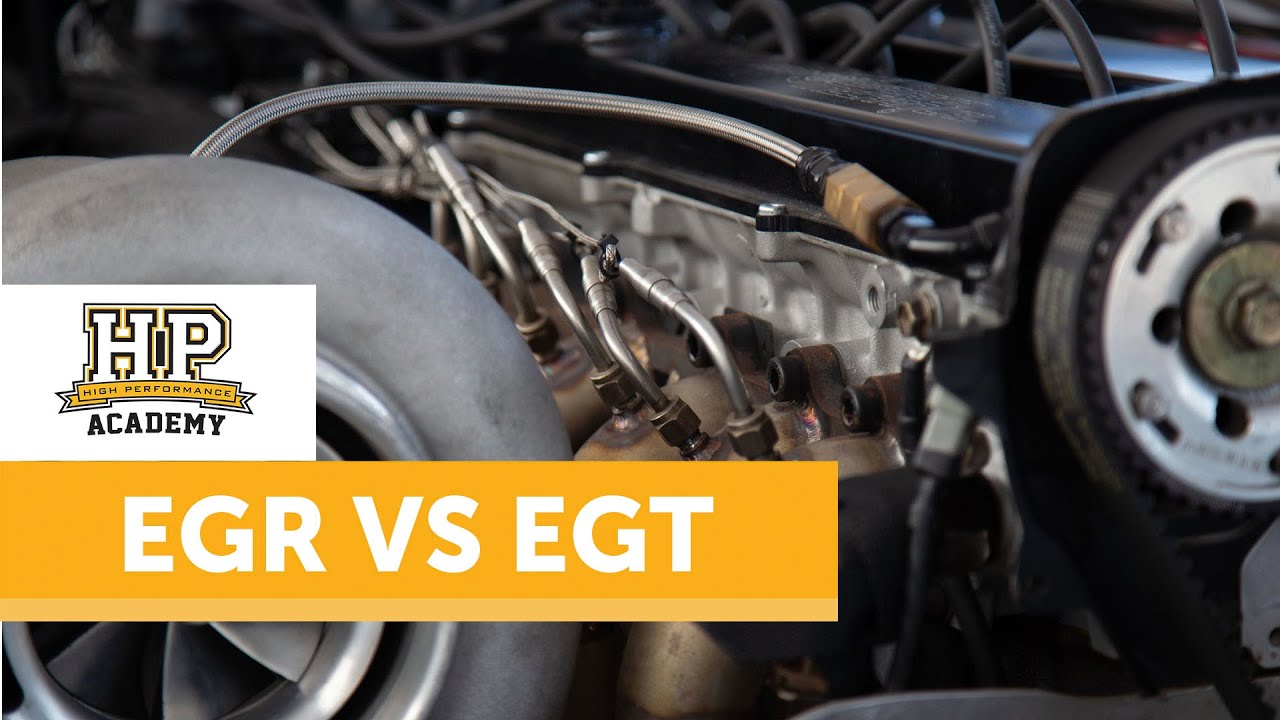
EGR how EGT?
Content
For many motorists, exhaust gas recirculation, EGR (Recirculation Exhaust Gas Recirculation) for short, is nothing new as it is in their cars. However, not everyone realizes that without interaction with the EGT (exhaust gas temperature) sensors, whose main task is to constantly measure the temperature of the exhaust gases, it could not function properly. Although both EGR valves and EGT sensors are related to exhaust gases, their role in the system is different.
EGR - how does it work?
In short, the task of the EGR system is to add exhaust gases to the air entering the cylinders, which reduces the oxygen concentration in the intake air and thereby reduces the rate of combustion. So much for theory. In practice, this process occurs in such a way that the exhaust gases are fed into the intake air through the exhaust gas recirculation (EGR) valve located in the channel between the intake and exhaust manifolds. When the engine is running at what is known as idling, the EGR valve is closed. It opens only after the drive has warmed up, namely when the combustion temperature rises. What are the specific benefits of using an EGR system? Thanks to EGR, the exhaust gas is cleaner than conventional solutions (even when the engine is running lean), in particular, we are talking about reducing the most harmful nitrogen oxides.
Why is the engine jerking?
Unfortunately, EGR systems are very susceptible to damage. The sediment deposited inside is most often the cause of improper operation. As a result, the valve does not open or close correctly, or worse, completely blocked. Malfunctions in the operation of the exhaust gas recirculation system may manifest themselves, including "Jerking" while driving, difficult starting of the engine or its uneven idling. So what do we do when we find EGR valve damage? In such a situation, you may be tempted to clean it from accumulated soot. However, according to experts, this is not a very good solution, since there is a real risk of solid contaminants entering the engine during this operation. Therefore, the most reasonable solution would be to replace the EGR valve with a new one. Attention! It must be calibrated against the original.
Temperature under (permanent) monitoring
An accurate measurement of the exhaust gas temperature is essential for the correct operation of the EGR system. For this reason, exhaust gas temperature sensors are installed upstream of the catalytic converter and often also upstream of the diesel particulate filter (DPF). They transmit information to the motor controller, where it is converted into the appropriate signal that controls the operation of this drive. As a result, the amount of mixed fuel supplied to the cylinders can be controlled so that the catalytic converter and diesel particulate filter work as efficiently as possible. On the other hand, constant exhaust gas temperature monitoring protects the catalyst and filter by preventing overheating and excessive wear.
When the EGT fails...
Like EGR valves, EGT sensors also get damaged in different ways. As a result of excessive vibrations, it may, among other things, possibly damage the internal wiring connections or damage the wiring leading to the sensor. Due to damage, fuel consumption increases, and in extreme cases, the catalyst or the DPF is damaged. For users of cars equipped with EGT sensors, there is one more unpleasant news: they are not repairable, which means that in case of failure they must be replaced with new ones.